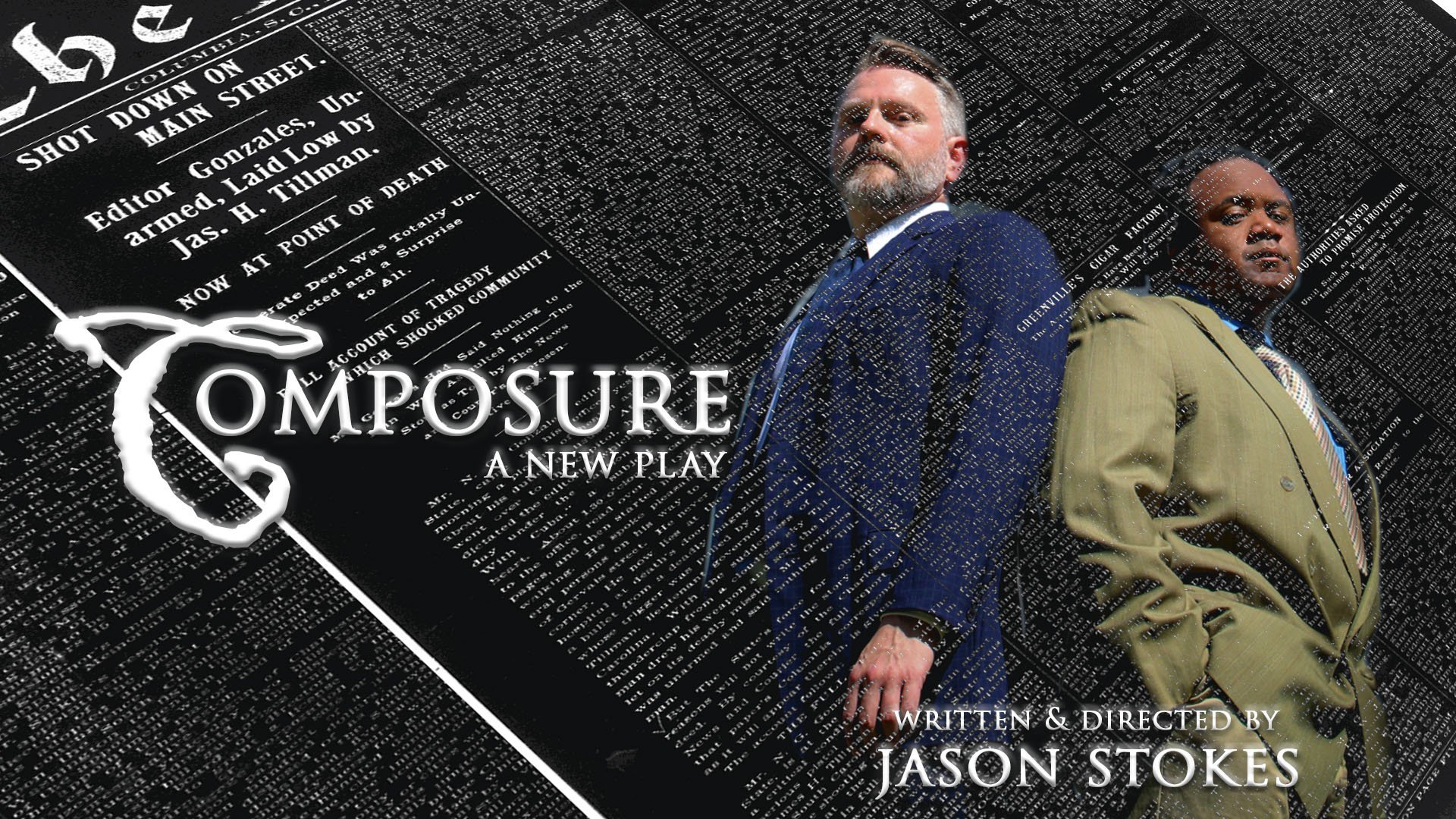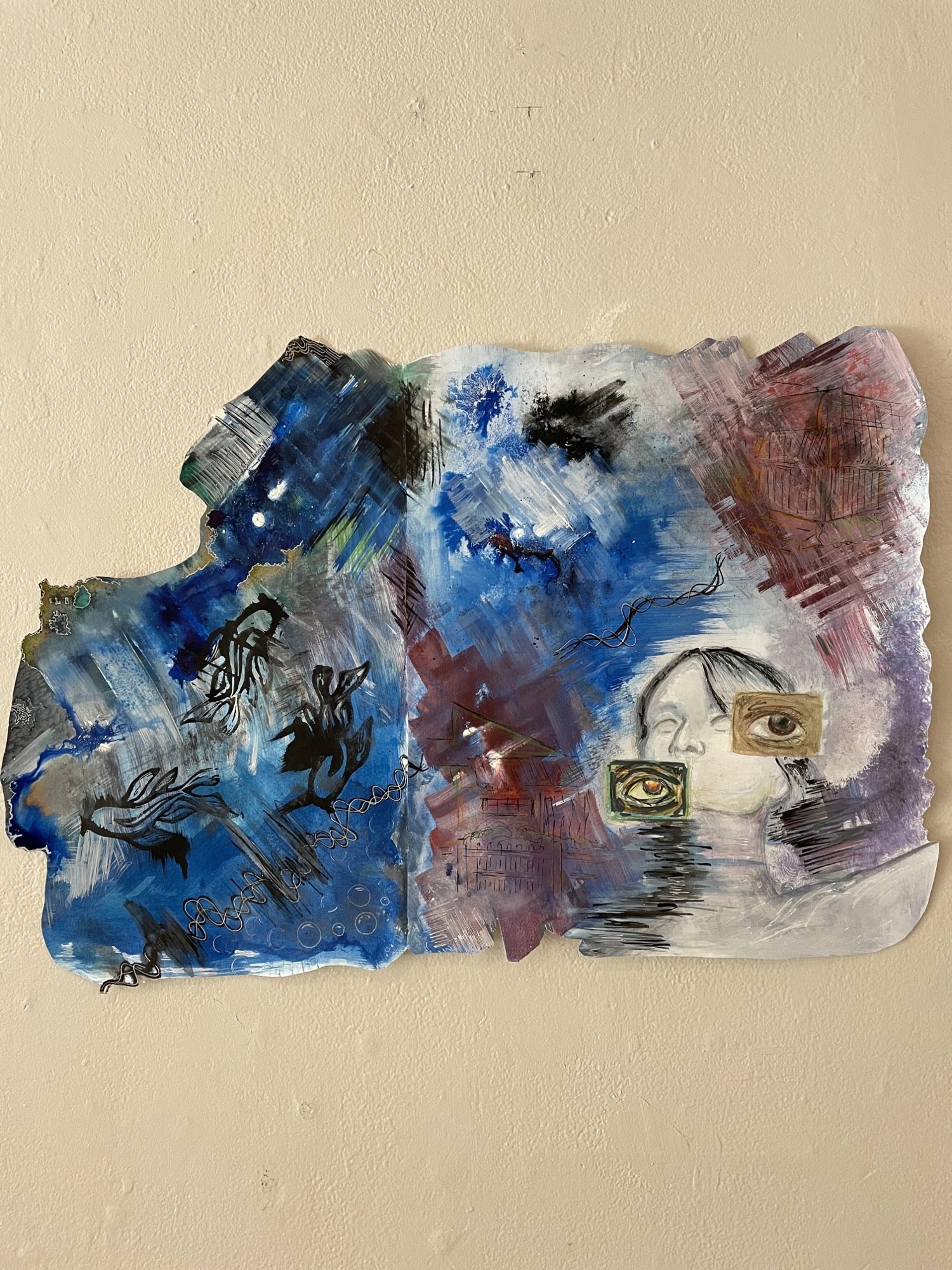Marcel the Shell with Shoes On is not what you expect. I mean, if you’re expecting to see a shell named Marcel wearing shoes, then, sure, it’s what you’d expect. But if you’re expecting anything other than absolute emotional devastation that makes you experience every feeling currently recognized by humankind, you certainly do not know what to expect.
Expanded from a series of shorts, the film has a simple conceit: a young, divorced man moves into an Airbnb where he finds a young, animate shell and his grandmother, the last two remaining members of their once vibrant community that dwelled in the home and decides to make a documentary about them. What follows is a series of hijinks as a young Marcel informs Dean of the history of his family and what it takes to survive in his everyday life as a one-inch creature in a space made for humans, including tying rope from an orange tree to the electric mixer so that a simple switch shakes loose fresh oranges from the tree (rope made from leftover hair in the tub, which is of a particular wiry and curly nature).
Dean (played by director of the film Dean Fleischer Camp) uploads these videos to YouTube, and the meta-audience in the film falls in love with Marcel alongside us, and soon, he is an internet sensation. This is when Marcel develops the plan that will drive the movie: he will use this new fame to recruit help in locating his family, who disappeared two years ago when the boyfriend of the pair who originally lived in the home stormed out, dumping the community’s safe space, aka the sock drawer, into a suitcase—unknowingly taking Marcel’s entire family with him.
Though whether or not Marcel is able to be reunited with his community is the climax this film hinges on, it is very much a story that emphasizes the validity of the trope “it’s about the journey.” For even though this is a film about a talking shell, it is at its heart a poignant coming of age tale that focuses on a young boy hiding from change behind his fierce independence and quirky sense of humor.
This heart is best represented in the scene where Marcel realizes his grandmother is sicker than he initially thought, and he begins once more refusing to do his interview with CBS (where he’s going to meet the actual Leslie Stahl!). He is concerned that bringing all this noise and commotion into the home will be too much for his ailing grandmother, and he is unwilling to risk the family he is sure he has for just a chance at getting back the family he no longer has. Unwilling to fully convey all his fears, he finally tells his grandmother that he just doesn’t want things to change, to which she replies, simply and unfalteringly: “Oh, Marcel—they will.”
There is no falsity to her statement, no making it better through sweetly coated truths, only the truth itself. Marcel is a symbol of ritual, an attendant of the everyday. He knows how to survive, but his continued cycles of daily practice serve not just as survival but as an attempt to extend the present in a deeply rooted aversion to change. Change has taken everything from Marcel, and now it can give him everything back—at a cost, and for the first time in his young life, he has to decide if he’s willing to pay.
While I won’t spoil it for you, simply know that in the scene leading up to the reveal of whether or not Marcel will find his family, I leaned forward and gripped my movie theater chair harder than in any marketed thriller. In all seriousness, this film is a masterclass in tone, thanks to Fleischer Camp, animators Stephen Ciodo and Kirsten Lepore, and cinematographers Bianca Cline and Eric Adkins.
But really, though the script is fantastic, and the film makes almost all the right decisions, what holds this movie together, what really makes it work, are the main characters: Marcel, who is witty and biting among all his innocence is played spiritly by Jenny Slate (who also co-wrote the script with Fleischer Camp and Nick Paley). Golden Globe nominated actress Isabella Rossellini plays the grandmother whose gentle but firm tone brings the elder shell to life and provides a firm center to the story.
There is an awkwardness in not knowing what these living objects are, but the film plays it off well. Neither Dean nor his audience are trying to figure out who or what Marcel is, but to simply understand his way of living. We never know if these types of creatures exist everywhere or if this place is special, and the only hint we seem to get is Marcel discussing community building at the very opening of the film. And in the final scene, it seems as if this community exists not just of shells, but additional anthropomorphized objects (like peanuts, pretzels, and Cheetos).
In a sense, though, it doesn’t matter. The film shows us a symbiotic relationship between what we create and who we are. Here are these beings that may or may not even exist but do very clearly exist. They reckon with the desperation to belong and to hold onto what’s ours. The idea that we, as humans, may have been what anthropomorphized them in the first place only makes the humanity of these characters—and the invented nature of the boundaries of humanity—truer.
The film does not allow separation. It shows us a silly shell and then puts our deepest, most difficult emotions into words and images. It is not only a reckoning with what is alive and how we define the human experience but serves as a stark reminder that even the smallest beings in the corners of the universe have an everyday, lived experience that parallels our own.
Oh, and sometimes, they’re pretty darn cute.





























